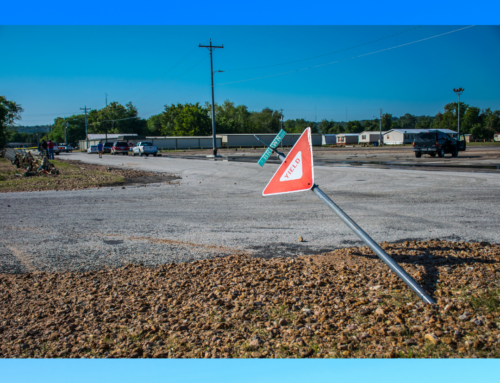By Carol Taylor
 At a recent meeting I was having with several Getting Ahead (GA) graduates, we were discussing what success looks like. Not only did each person have a different definition based on their personal story and struggles, we also realized success doesn’t always look the way society would like to believe. So I searched Google for “success” and looked at the images that resulted. I found hundreds of images that had straight lines, arrows, ladders, keys, and people celebrating. That’s the mental model we’re often trained to see when it comes to success: specific steps, straight paths, celebration. I have found this mental model of success to be less than helpful to the GA graduates.
At a recent meeting I was having with several Getting Ahead (GA) graduates, we were discussing what success looks like. Not only did each person have a different definition based on their personal story and struggles, we also realized success doesn’t always look the way society would like to believe. So I searched Google for “success” and looked at the images that resulted. I found hundreds of images that had straight lines, arrows, ladders, keys, and people celebrating. That’s the mental model we’re often trained to see when it comes to success: specific steps, straight paths, celebration. I have found this mental model of success to be less than helpful to the GA graduates.
As the group of GA graduates and I continued talking, I realized the mental models that seem more real to the graduates, and to anyone making big life changes, look like this:
The graduates described their plans as “works in progress” requiring significant support from allies and other graduates who were farther down the path. Their willingness to lend a hand helped graduates experience times of growth, followed by times of holding steady, followed by more growth. Some have admitted it is difficult for them to reach out when they backslide because they don’t want to “disappoint” me or the allies.
We left the meeting talking about a picture that floats around on the Internet that we could agree needs to be the new mental model of success—because it is certainly more accurate. When I searched far enough on Google, I found it:
What does success look like to you?”
Carol Taylor is employed at Hope House in Findlay, OH as the Bridges Coordinator. Carol has been a certified Bridges trainer since June 2009 and is an author of one of the chapters in the book Vision To Action. She says the greatest compliment she receives is, “Your passion about this work is very obvious.”









